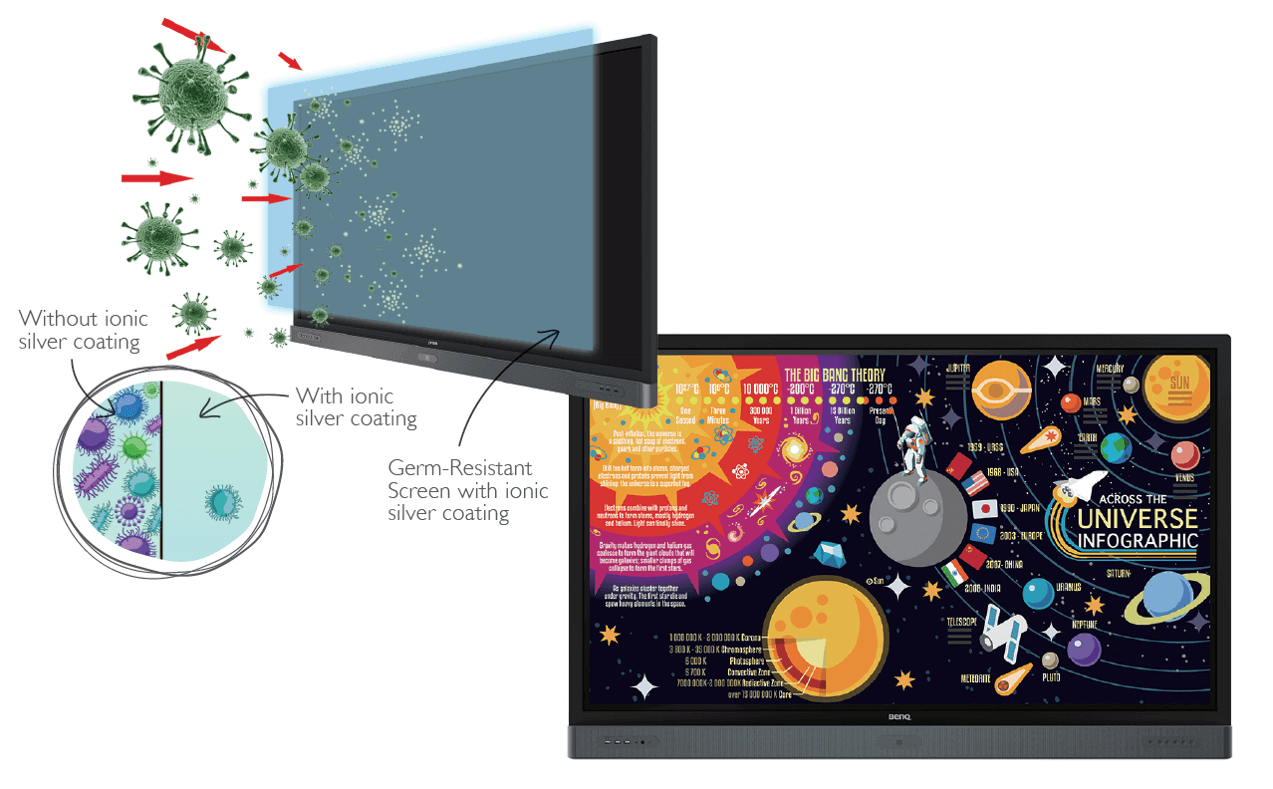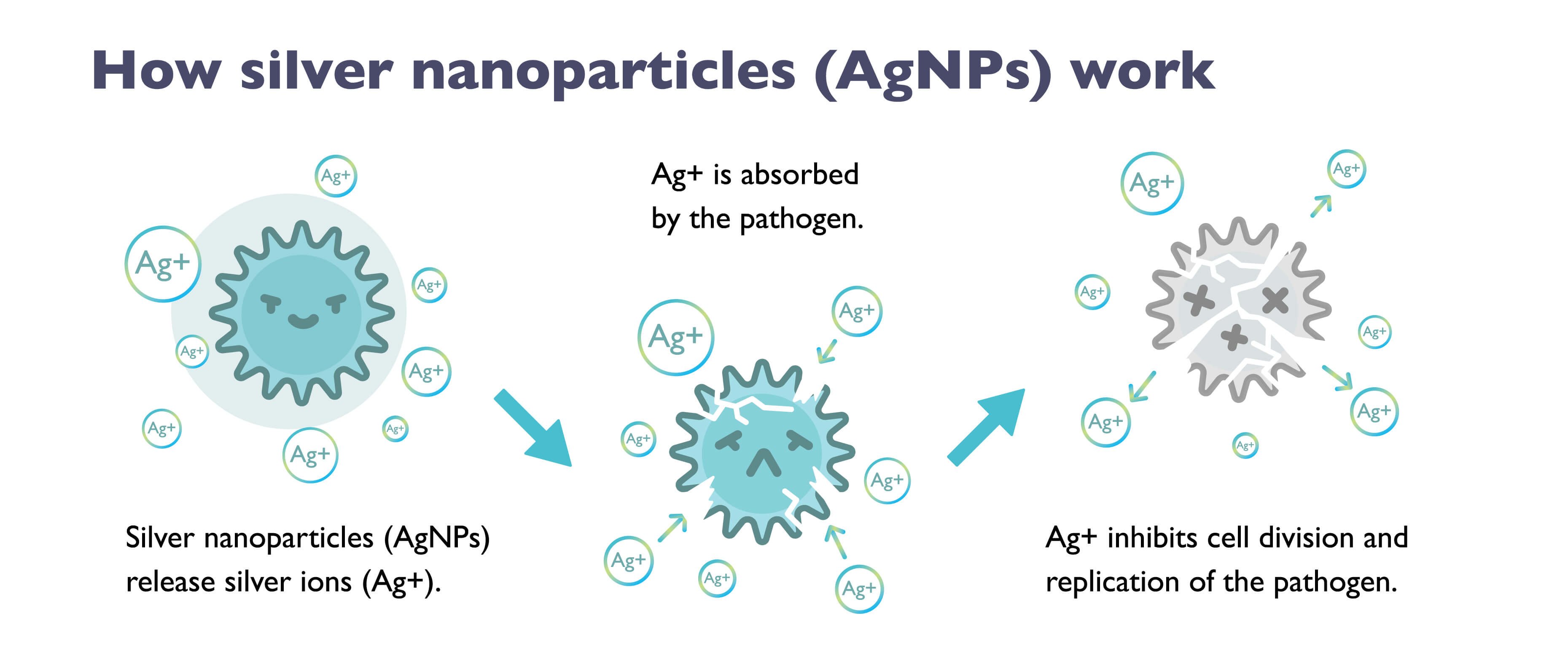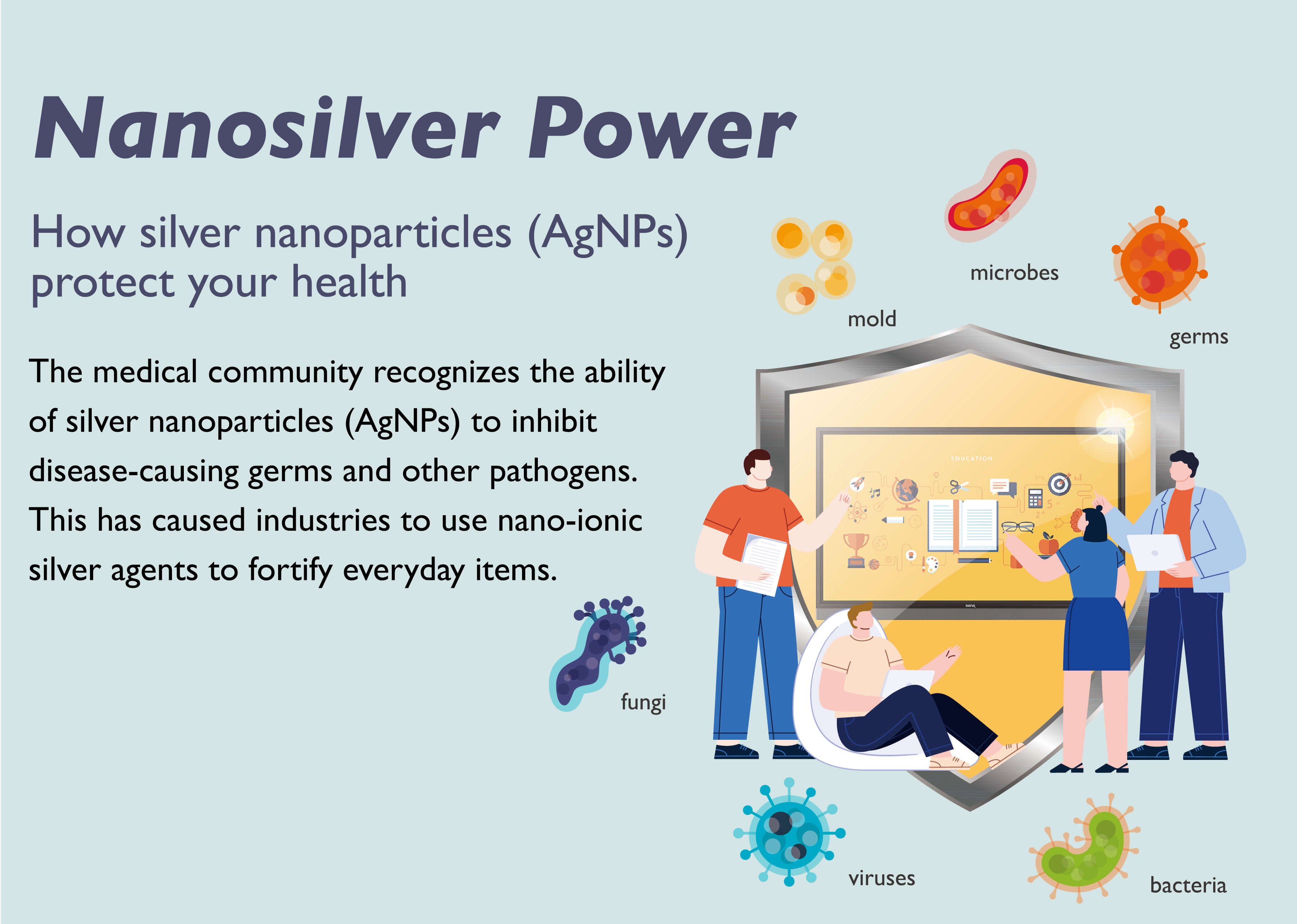Effective Germ Prevention in a Touchscreen-Friendly World
- Bob Wudeck
- 2020-06-15


A New Era for Safe Learning Environments
In interactive learning environments, students use interactive boards, such as interactive flat panels (IFPs) to do group activities together and solve a problem side by side on the same display surface using just a finger. While these activities help students to learn and succeed, they can also rapidly and unknowingly spread dangerous pathogens through touch. As the use case for IFPs in the classrooms soar, educators now have to think about how to limit the spread of these germs.
Although this is a new problem for education, hospitals have been aware of the challenge of delivering quality care using the latest touch-enabled equipment for years. This has led to the development of medical-grade anti-microbial materials, such as nano-ionic silver. For example, portable medical isolation care stations are coated with anti-microbial paint to reduce risk to nurses and patients from infection. Many items found in a surgical theater also have integrated anti-microbial protection such as surgical lighting, touch panels, and other devices that are handled frequently to avoid cross-contamination.

Silver nanoparticles (AgNPs) work by releasing silver ions (Ag+), which is absorbed by the pathogen. Ag+ inhibits cell division and replication of the pathogen. Within the U.S. the use of AgNPs are recognized as being effective and certified for use in consumer products by the U.S. Food and Drug Administration and the U.S. Environmental Protection Agency. Nano-ionic silver agents are used in many everyday items such as surgical masks, some food containers, water filters, bandages, and biomedical devices.

In 2017, BenQ recognized the opportunity to protect students using silver ion nanotechnology protective coatings that are common in hospitals on their new IFPs to prevent the spread of bacteria and viruses. There are dozens of scholarly papers from around the world that detail findings on how this technology is used against various types of pathogens.

Learn More About How BenQ Helps Protect Students
Unlike a majority of interactive displays sold today, BenQ RP Series IFPs do not use standard off-the-shelf glass. BenQ coats the glass with silver ion nanotechnology. To make the silver-ion coating effective, the glass is coated with the nanoparticles and precisely mixed into a proprietary recipe that enables the panel then to be cured. These are applied to displays as large as 86 inches but require expensive equipment and special handling to ensure they do not crack or break. Once glass is cured, it’s fused into the interactive panel.
The last part of the process is to validate that it works. Each BenQ IFP model is tested and certified by TÜV, one of the largest testing and certification labs in the world, as an effective solution against pathogens. BenQ is the first IFP manufacturer with certified results on E-coli and staphylococcus, the two bacteria that represent a significant threat to public health, especially in classrooms.
To learn more about minimizing the spread of germs in your classroom with BenQ’s germ-resistant interactive flat panels, click here.